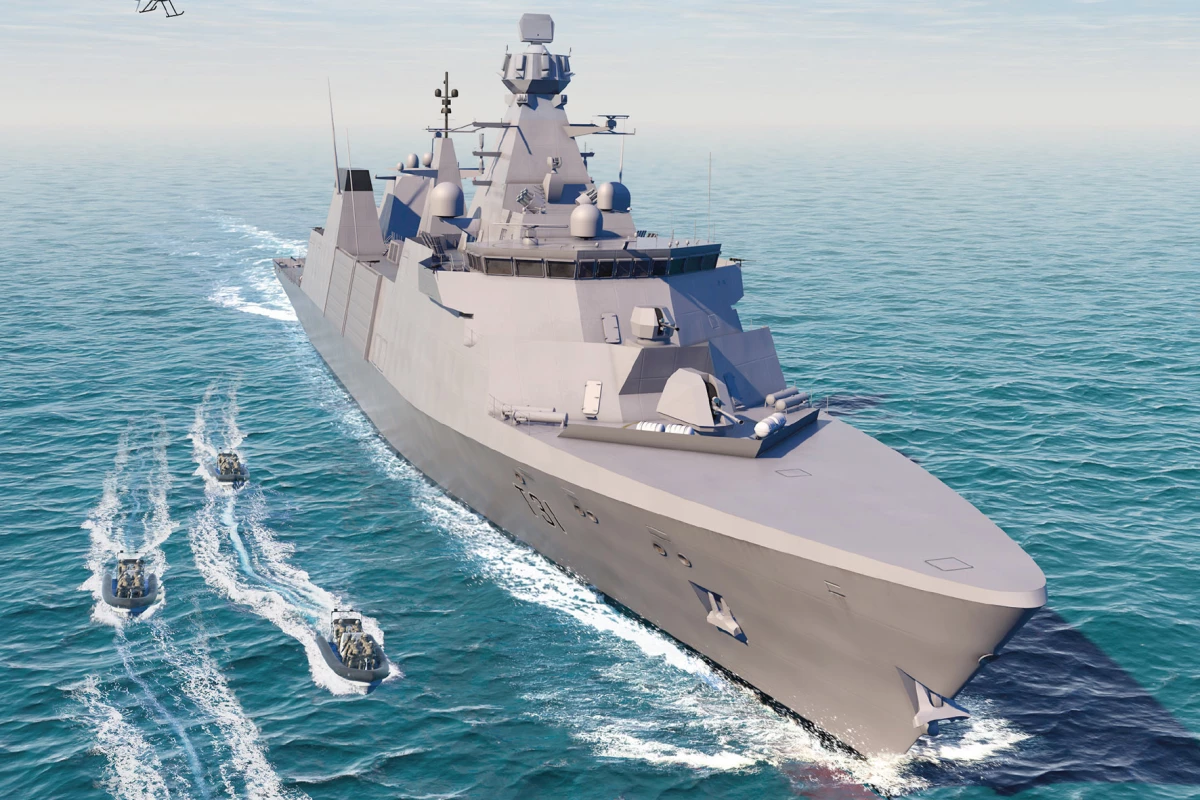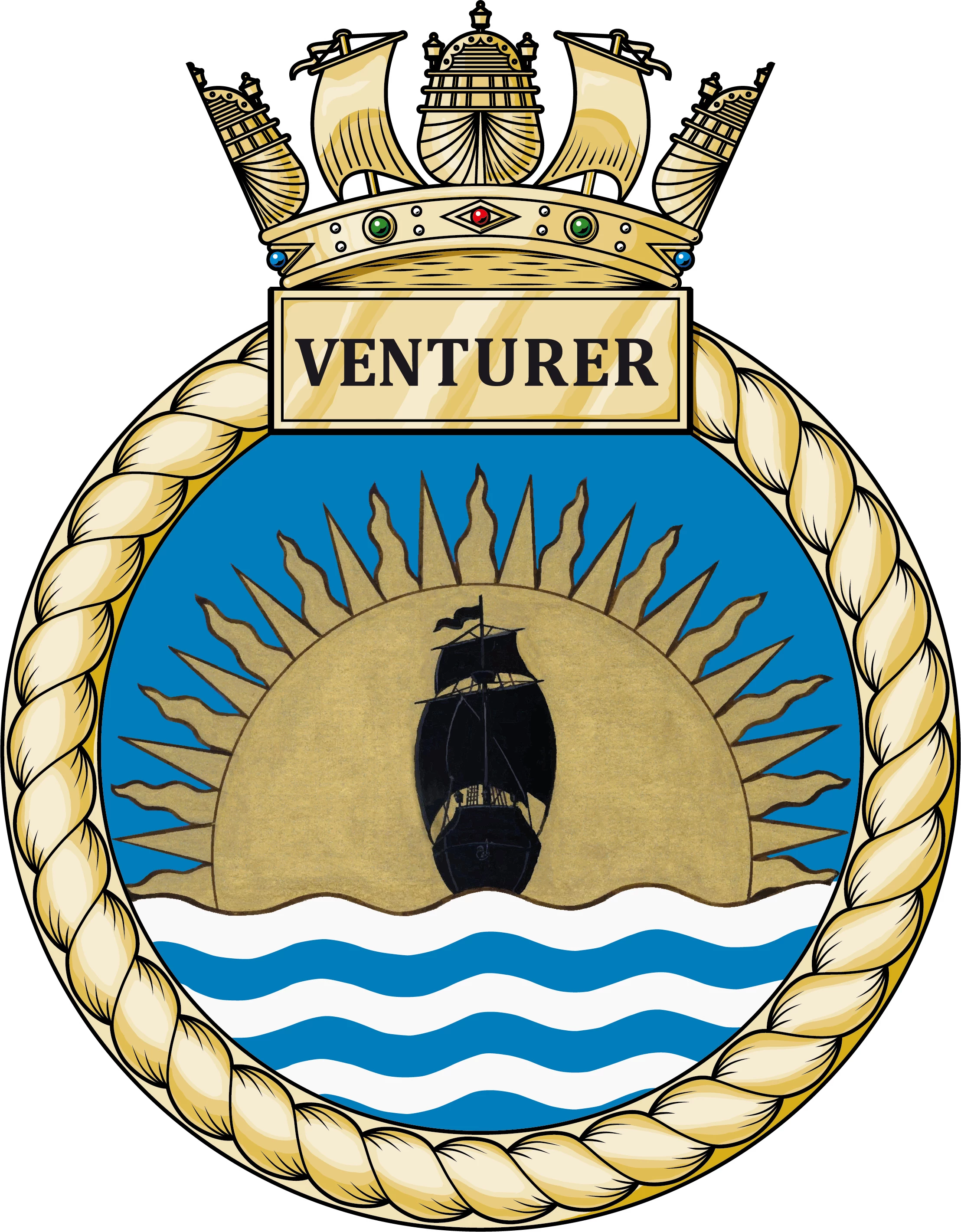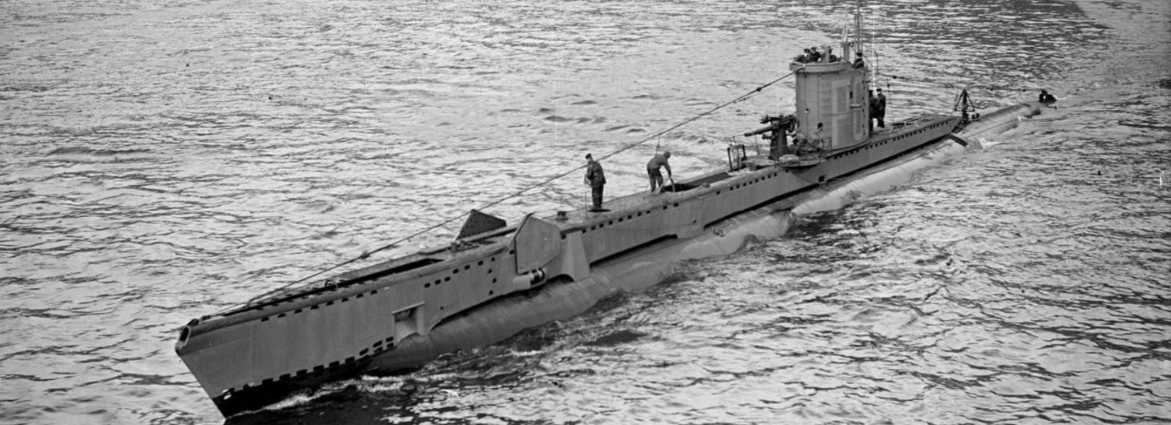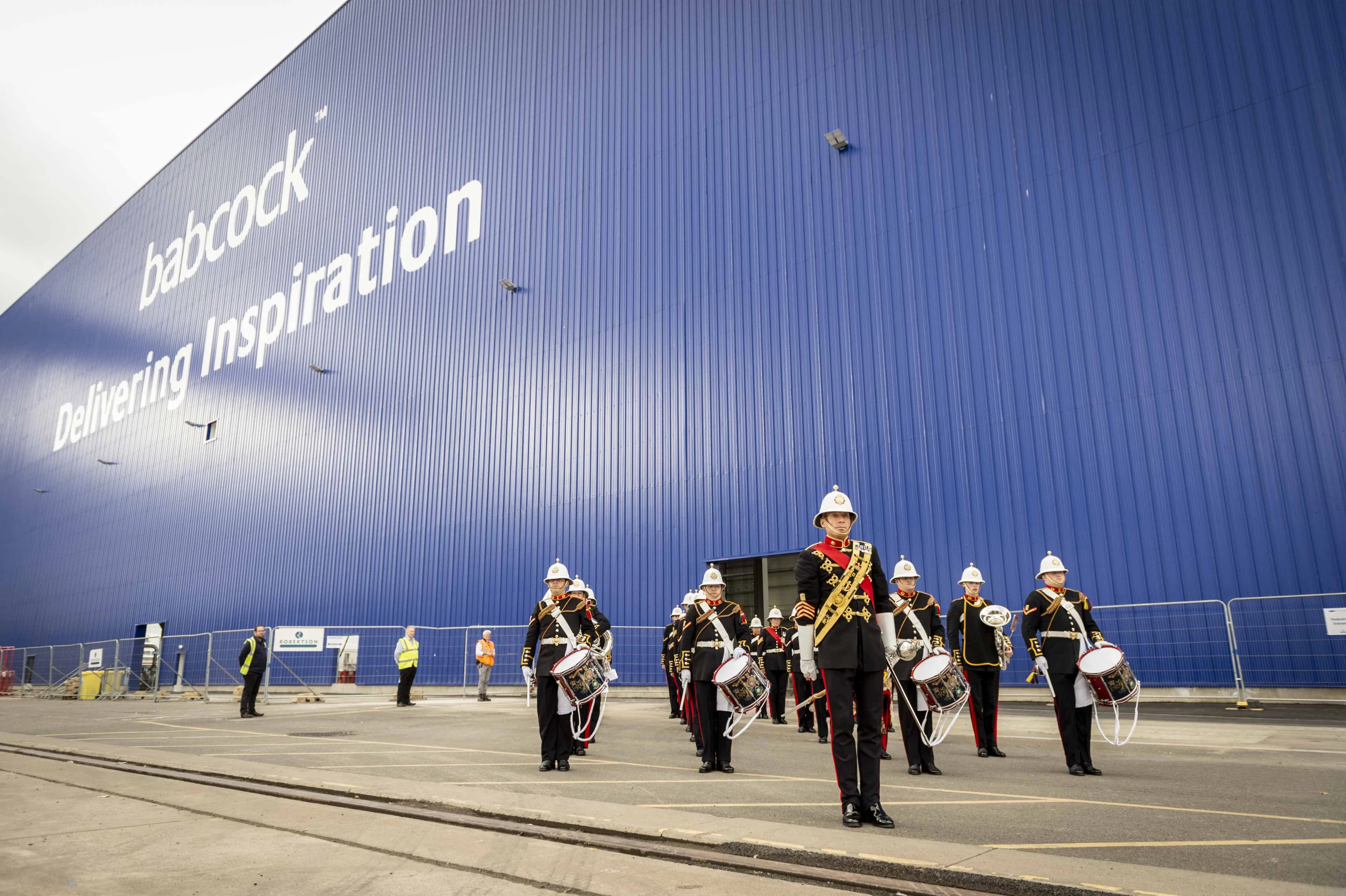A major shipbuilding program for the Royal Navy is now underway, with the first steel being cut for HMS Venturer, the lead ship of the Type 31 Inspiration class frigates. During a ceremony inside a brand-new assembly hall at Babcock International's main facility in Rosyth, Scotland, Defence Secretary Ben Wallace set an automated cutting torch in motion, beginning the two-year manufacturing process.
The first of an initial order of five ships, the £250-million (US$341-million) HMS Venturer is named after a Second World War Royal Navy V class submarine famous for being the first submarine to sink a U-boat when both were submerged. Scheduled to launch in 2023, it will be joined over the next seven years by sister ships Active, Bulldog, Campbeltown and Formidable.
Following Navy tradition, the Type 31s are named after a common theme, like the River, Tribal, and City classes. In this case, they are the Inspiration class, deriving their names from Navy ships notable for the inspiration derived from their deeds or innovative designs.
The Type 31 is a return to Britain building general purpose frigates, like the old Leander class, as well as highly specialized ones. This cost-cutting measure will allow the Navy to replace its aging Type 23 frigates with the Type 31 and the Type 26, which is being built nearby in Govan, Scotland, by BAE systems – the first time in 30 years that Britain has been simultaneously building two major warship classes.
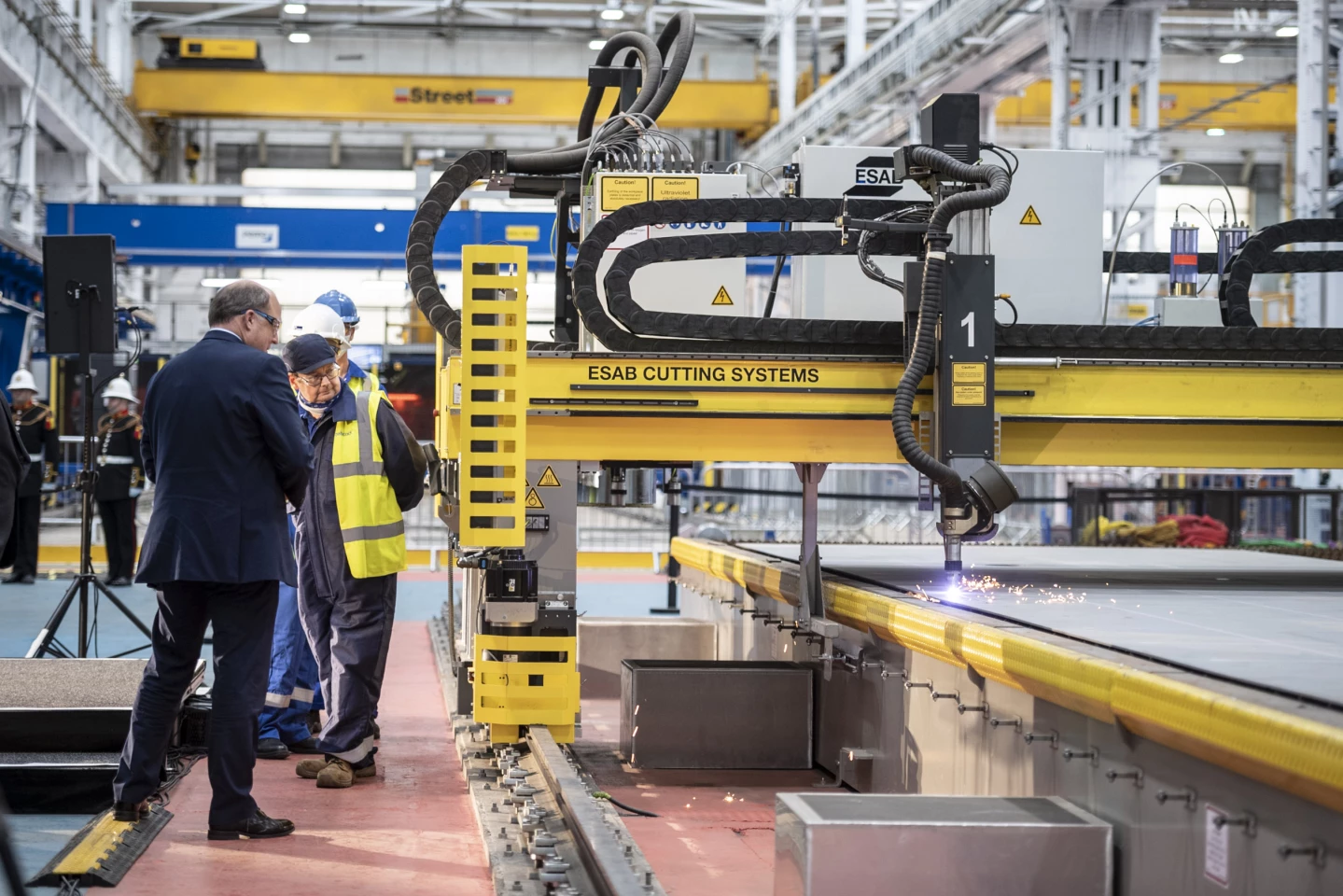
While the Type 31 conducts general missions for Britain and NATO, including submarine detection, law enforcement at sea, intelligence gathering, sea combat, and humanitarian support, the Type 26 will concentrate on the specialized tasks of escorting the Navy's Trident nuclear submarines and defending the HMS Queen Elizabeth and Prince of Wales carrier groups. Also, the general purpose design of the Type 31 makes it suitable for the export market.
Like the Queen Elizabeth class supercarriers, HMS Venturer is being built as modules at various sites around Britain, which will then be shipped to Rosyth for final assembly. It will be equipped with a 4D radar system, be capable of carrying a Merlin helicopter or its equivalent, and will be armed with the Sea Ceptor air defense missile system, a 57-mm main gun and two 40-mm Bofors guns.
In addition, Venturer will use the new Persistent Operational Delivery Systems (PODS), which are plug-and-play mission modules that will be standard for future Navy ships. Capable of being swapped out even at sea, the PODS modules are the size of a shipping container and can carry drones, autonomous mine-hunting equipment, a command center for commando raiders, humanitarian aid, or a surgery unit, among other things.
"This is an exciting time for the Royal Navy," says Second Sea Lord Vice Admiral Nick Hine. "The Type 31 represents the very best of British shipbuilding and with its modular design will be configurable to meet the needs of both the Royal Navy and our allies around the world, now and into the future. Type 31s will operate across the globe with sustained forward presence further signifying our intent of being a global navy and the foremost naval power in Europe."
Source: Royal Navy
